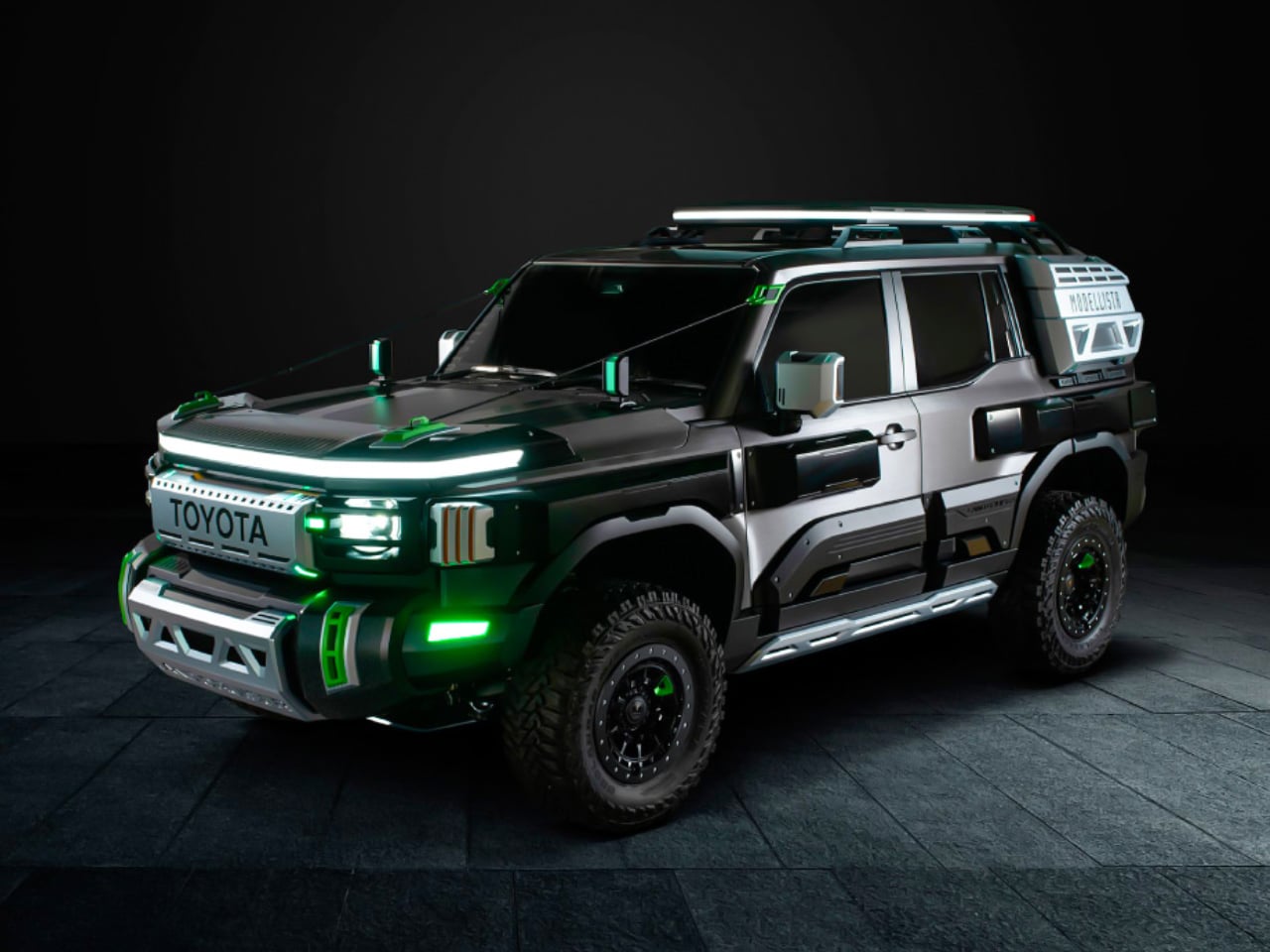
At SEMA 2024 the newly launched Toyota Land Cruiser 2025 model saw a chunky makeover thanks to the in-house bred Japanese aftermarket company Modellista, a subsidiary of Toyota Motor Corporation. The Overland Vision Concept is one of the prototypes shown off by Toyota at the automotive mecca.
The vehicle is modded to bring extreme overlanding capability to the otherwise benign Land Cruiser. According to Modellista their core vision behind this design is to explore the potential of the brand in the U.S. If they intend on achieving what they’ve set their eyes on, the ultra-rugged Land Cruiser model will be a reality in the future pitted against the futuristic Cybertruck.
Designer: Modellista
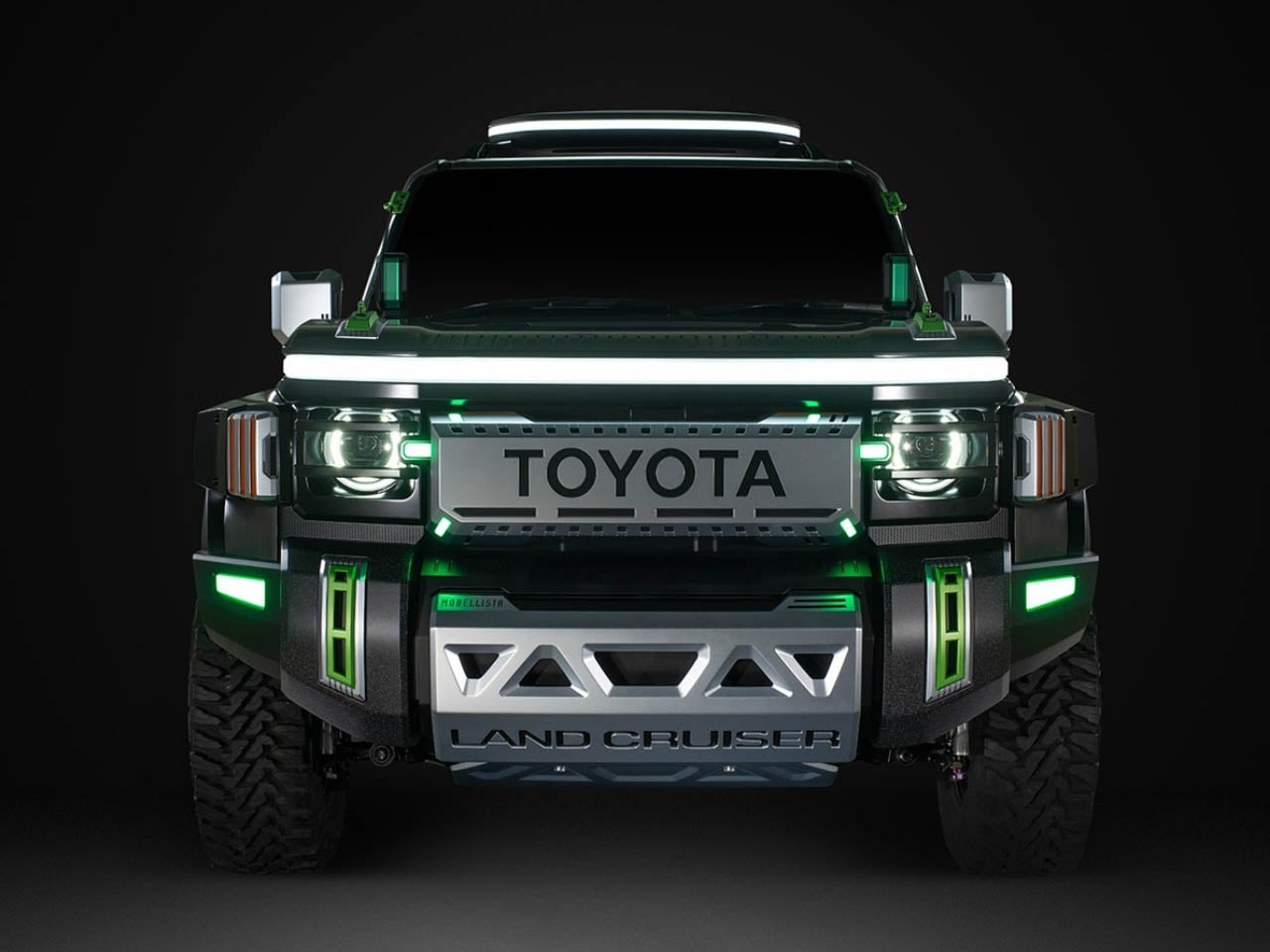
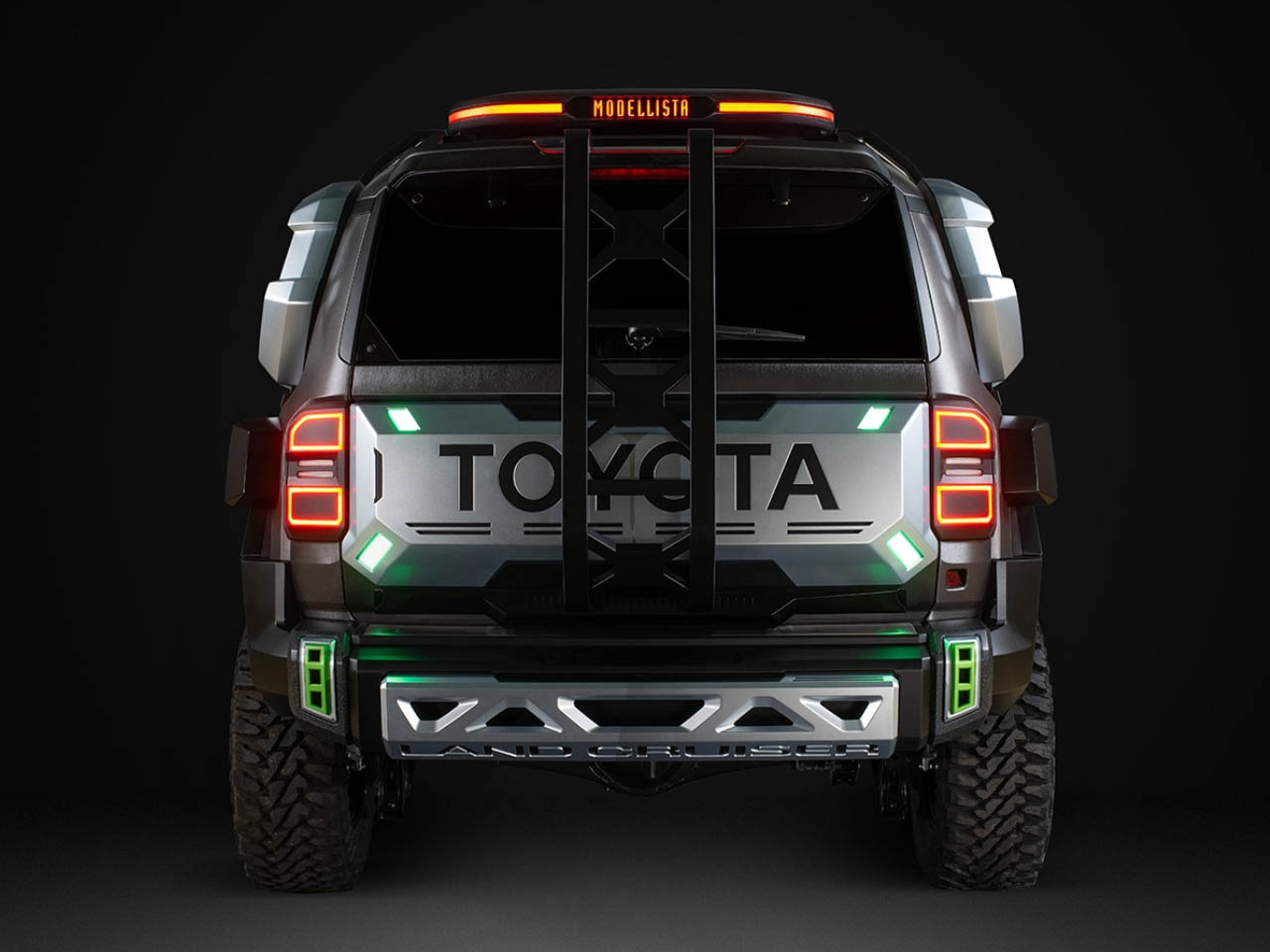
This concept is a heavily armored vehicle that made heads turn at the SEMA show for its Cyberpunk look and bold character. It comes with an array of inclusions like aggressive off-road tires, lower body panels, fender flares, skid plates, a lift kit, headlight protection, side-carrying containers, a roof-mounted tent and a centrally mounted ladder. The aftermarket specialist made judicious use of amber green LED lights and a full-width light bar above the grille. These green LED accents extend to the whole front fascia and rear section to lend the ride an intimidating persona.
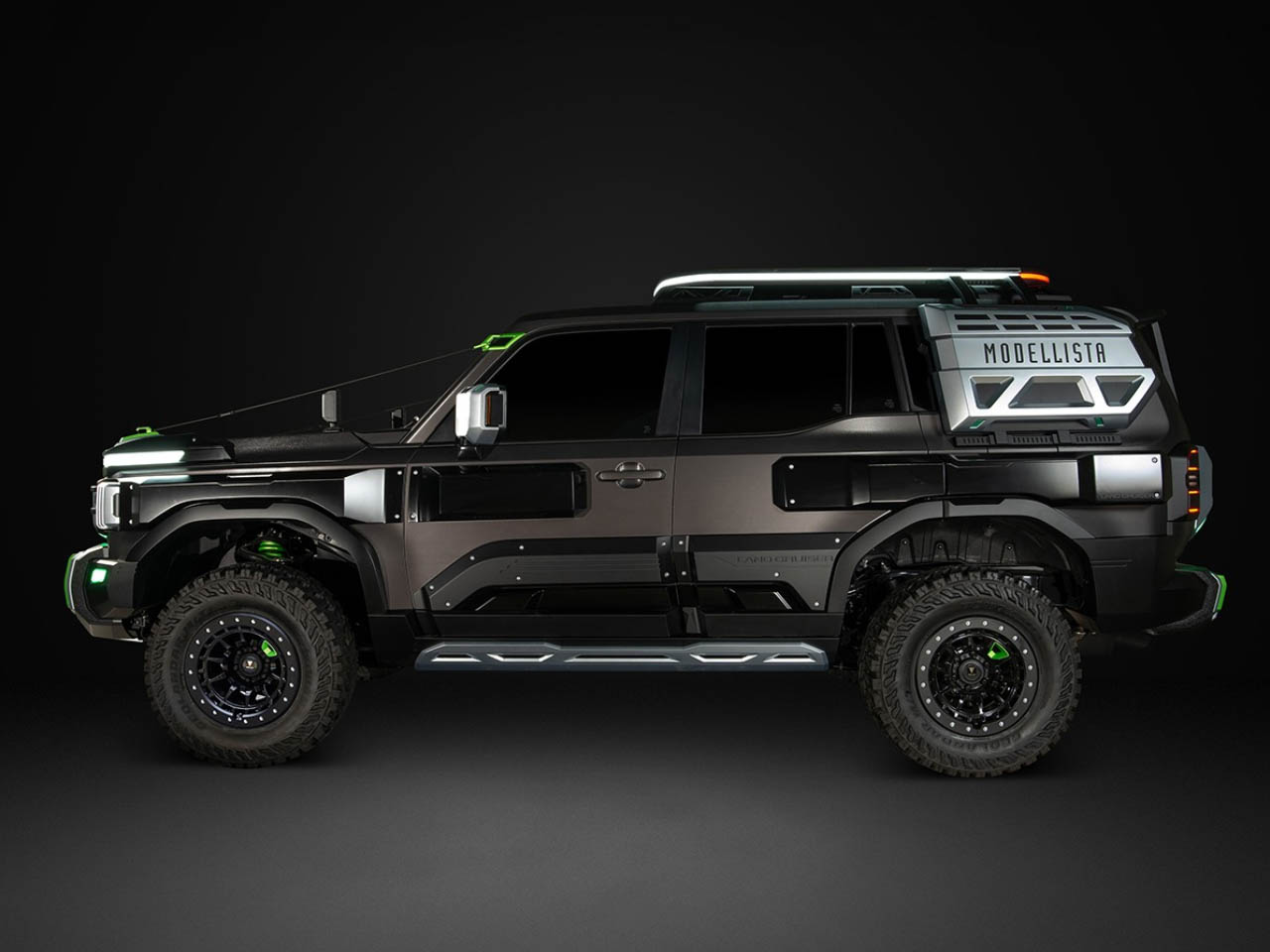

Overland Vision Concept has brush wires all around to protect against dents and scratches from exposure to the tough off-roading adventures, a dystopian future, or an apocalyptic warzone. Modellista has given the grille a good treatment of the TOYOTA logo with the Land Cruser branding below the bumper. The vehicle carries a two-tone theme in black and silver spilling over to the dark black tinted windows which make it a good candidate for a VVIP entourage.
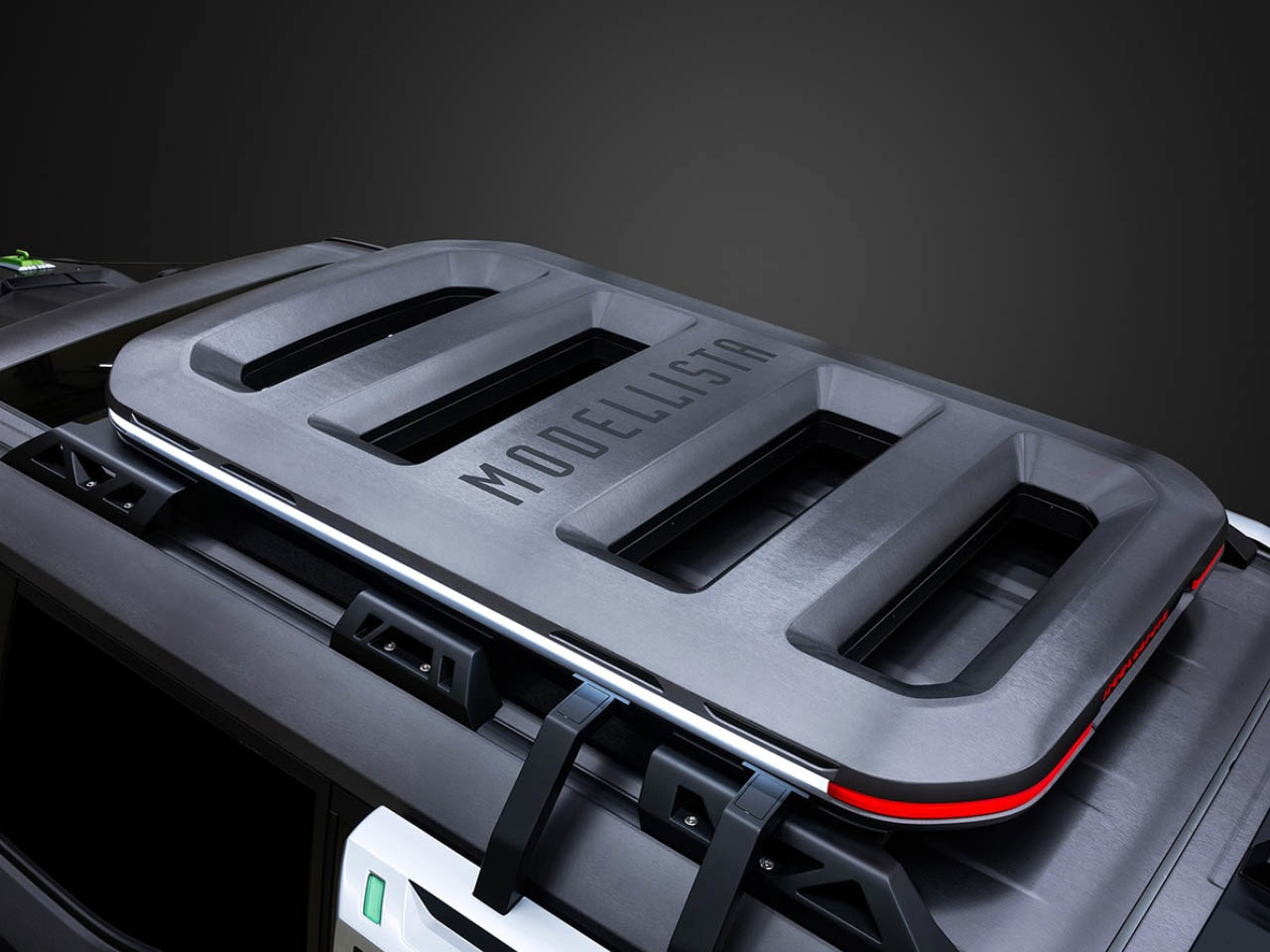
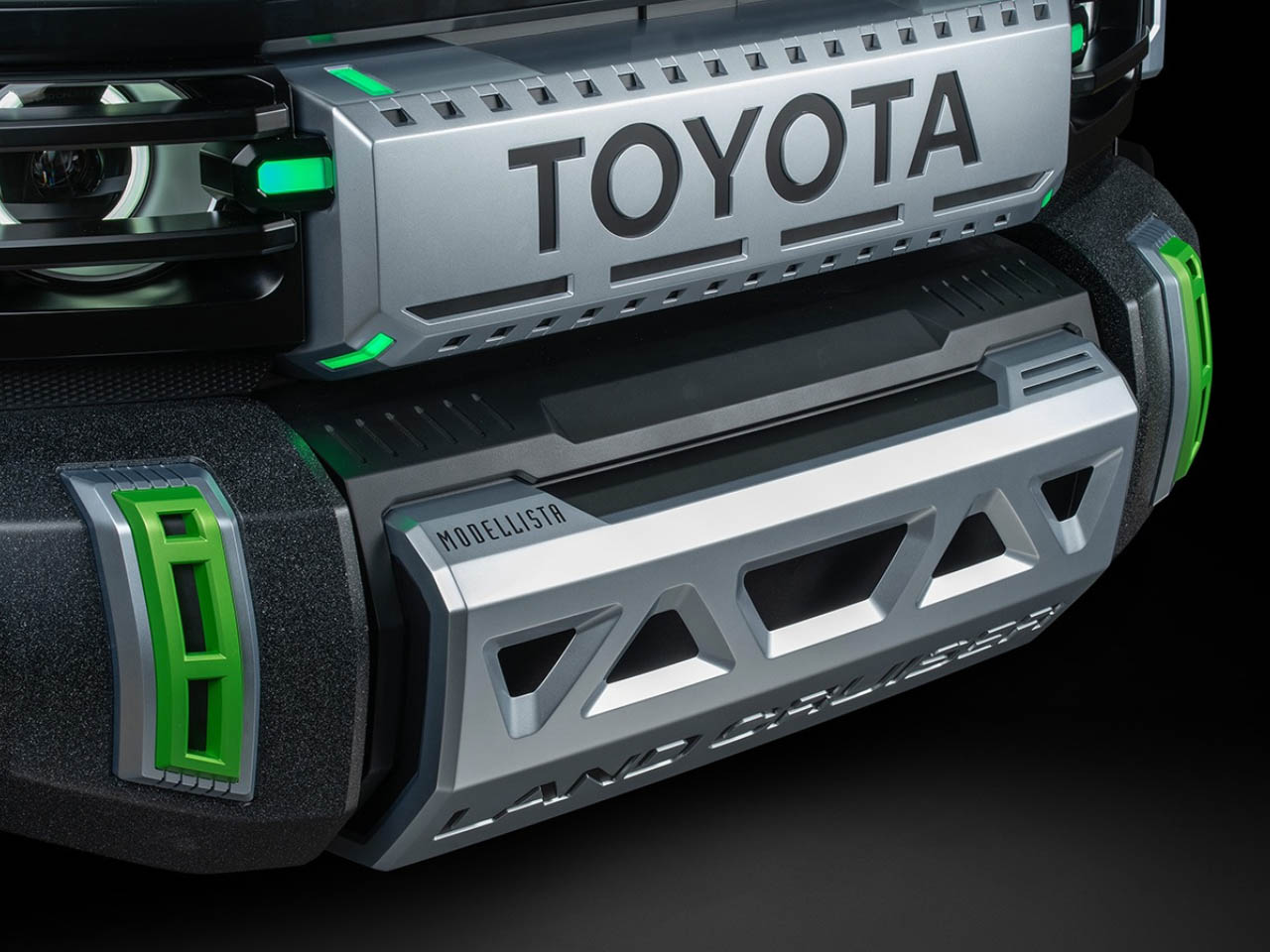
It’ll be exciting to see how American adventure lovers see this lucrative Overlander pitted against the likes of the Ford F150 Raptor, Land Rover Defender, Jeep Gladiator, or Toyota Tacoma!
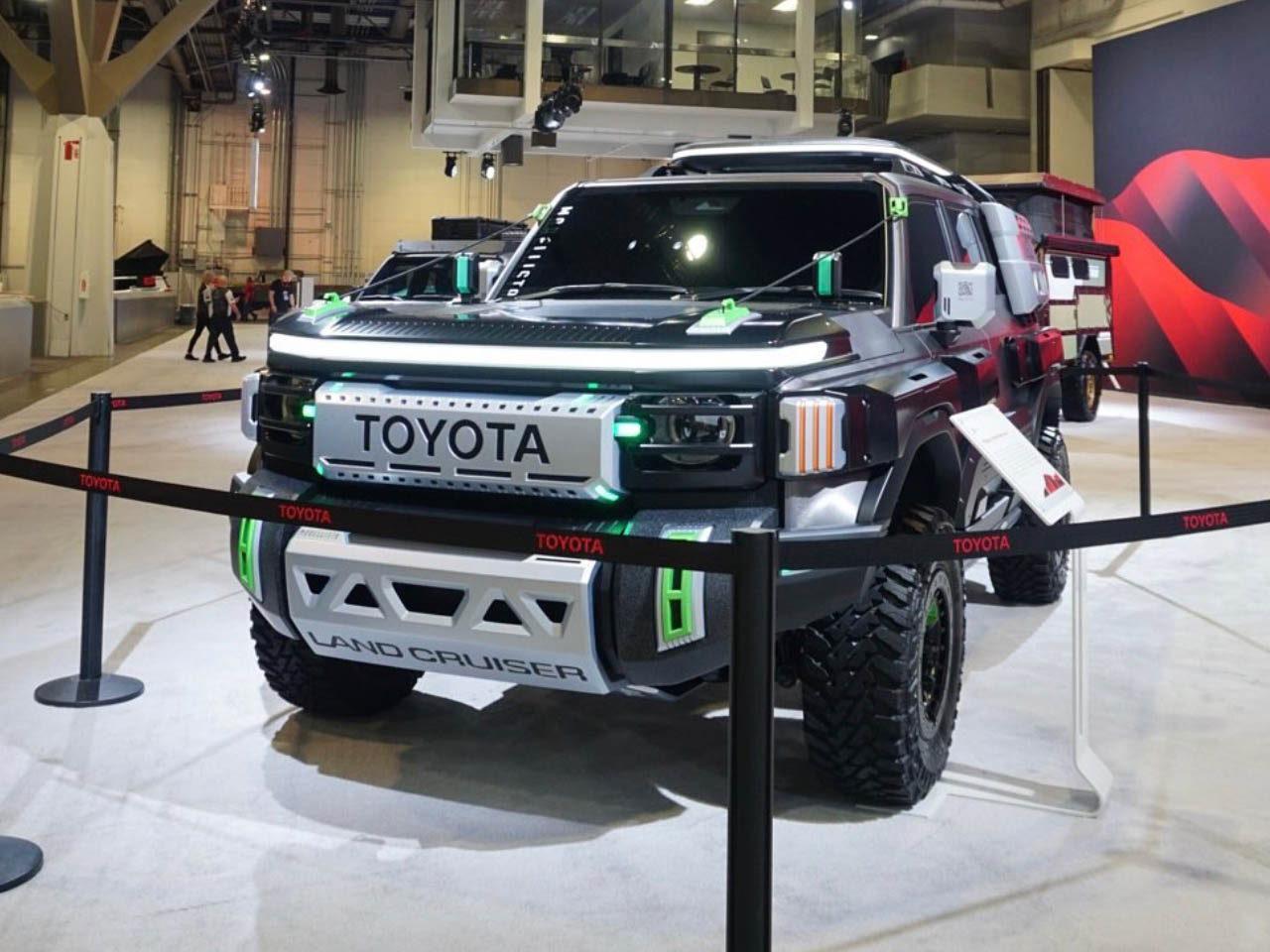
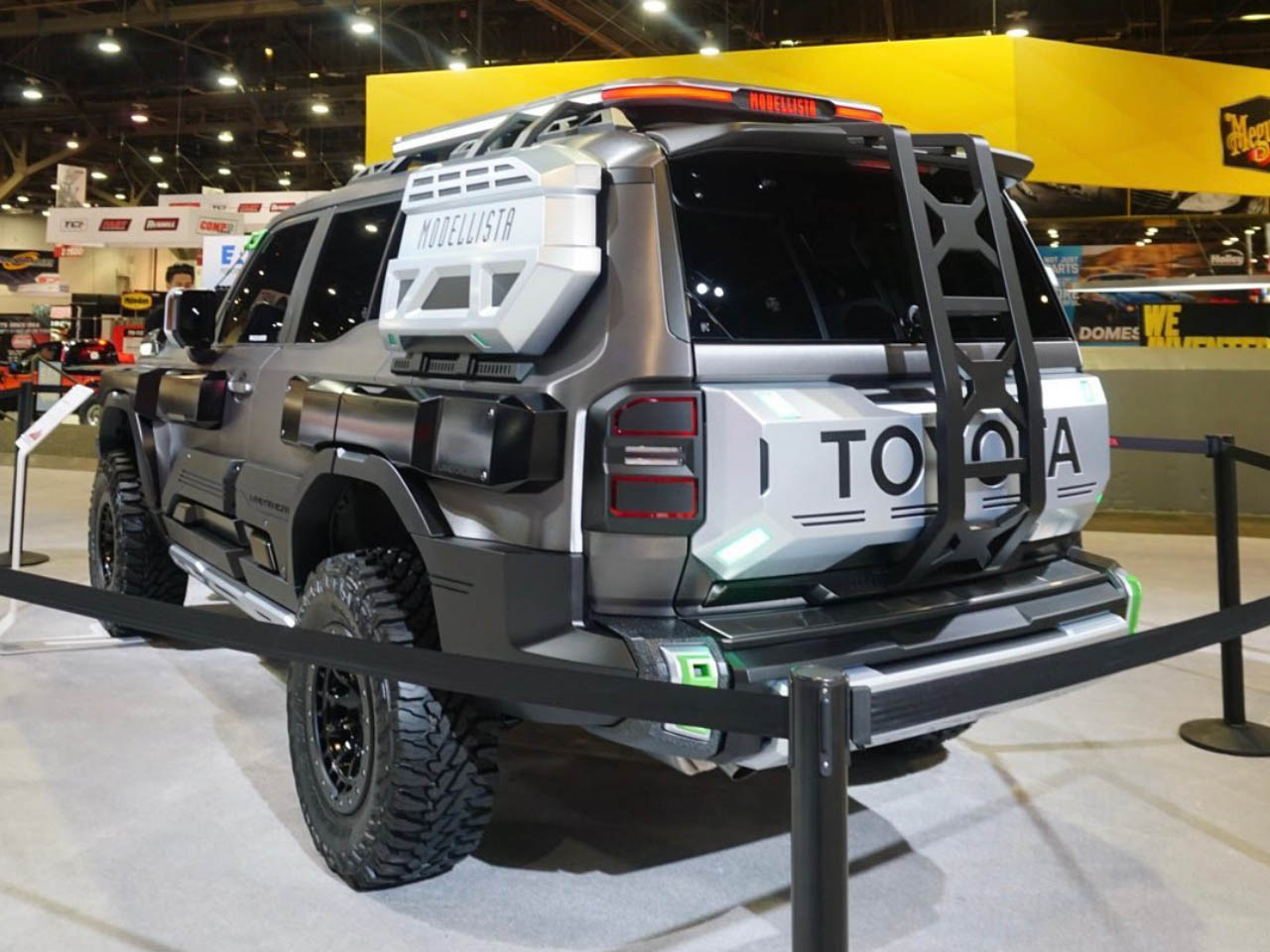
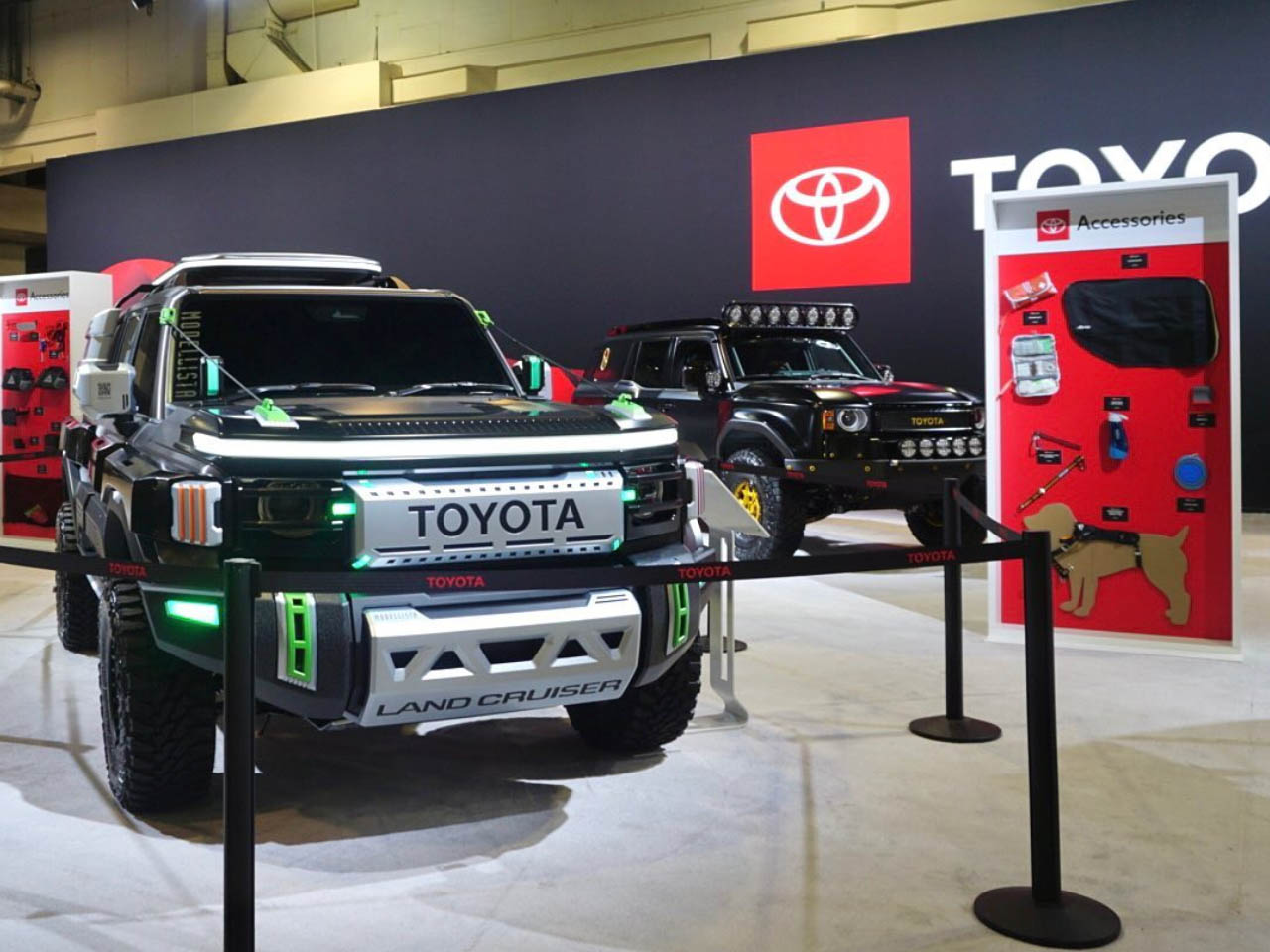
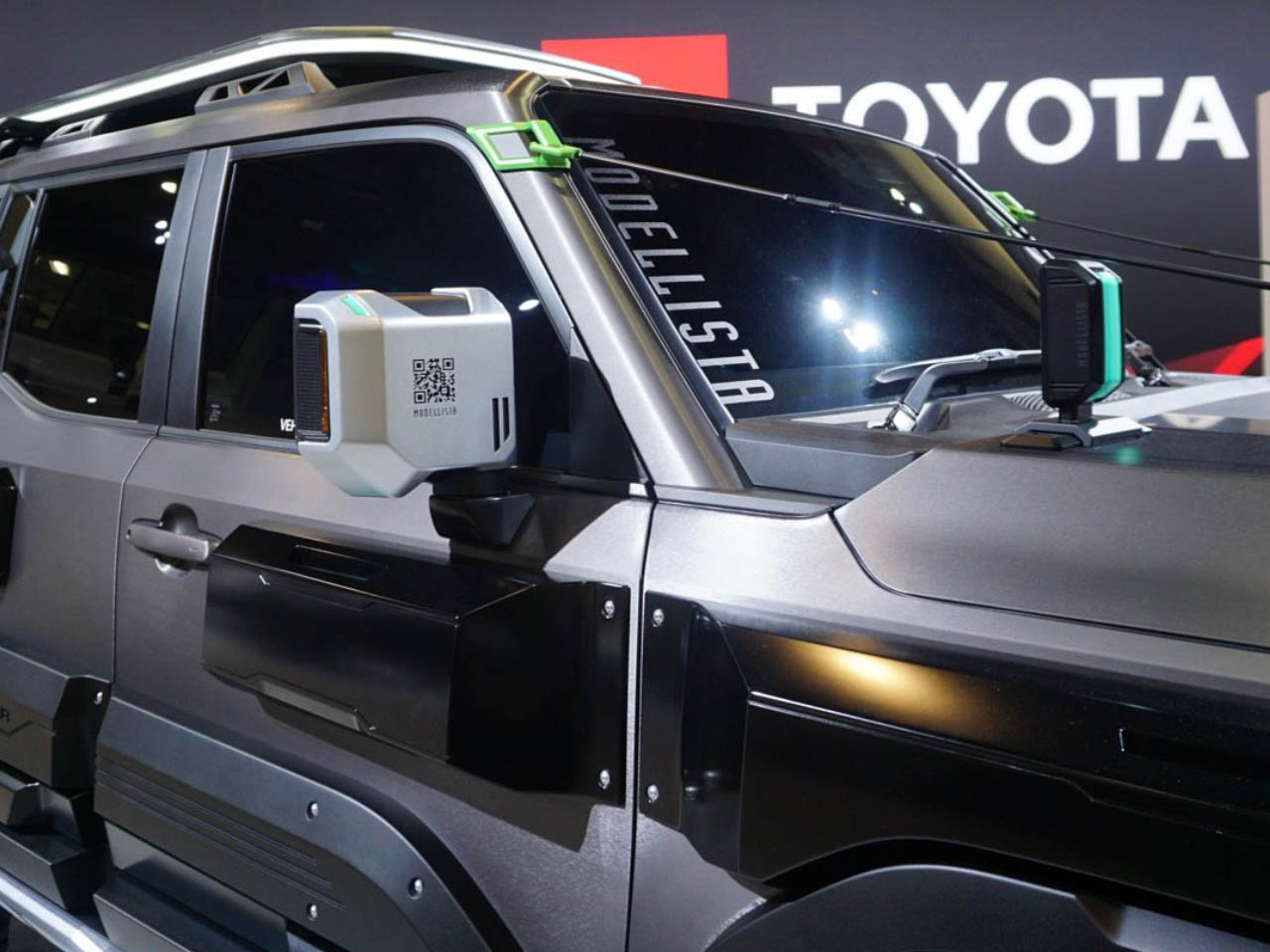
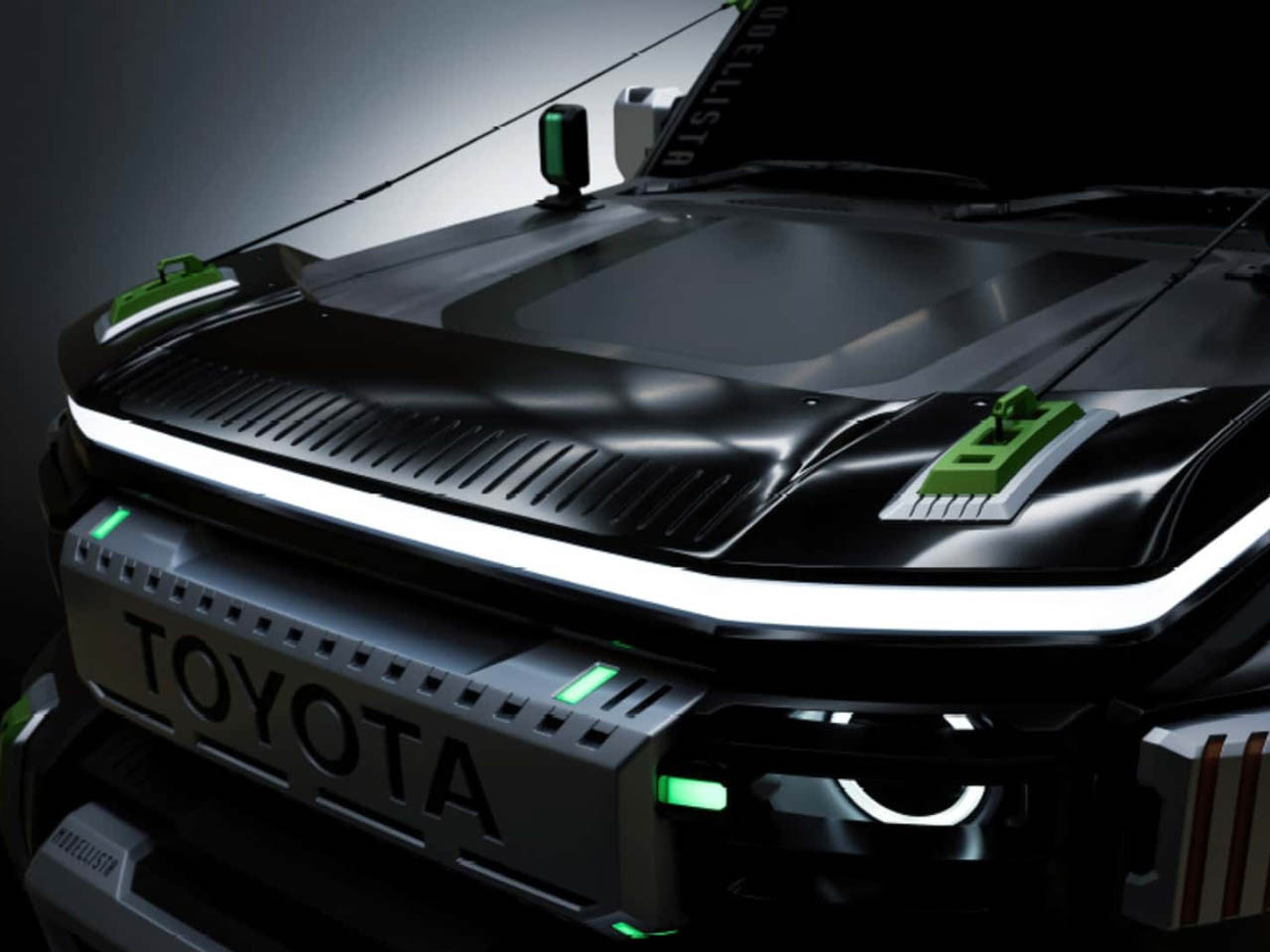
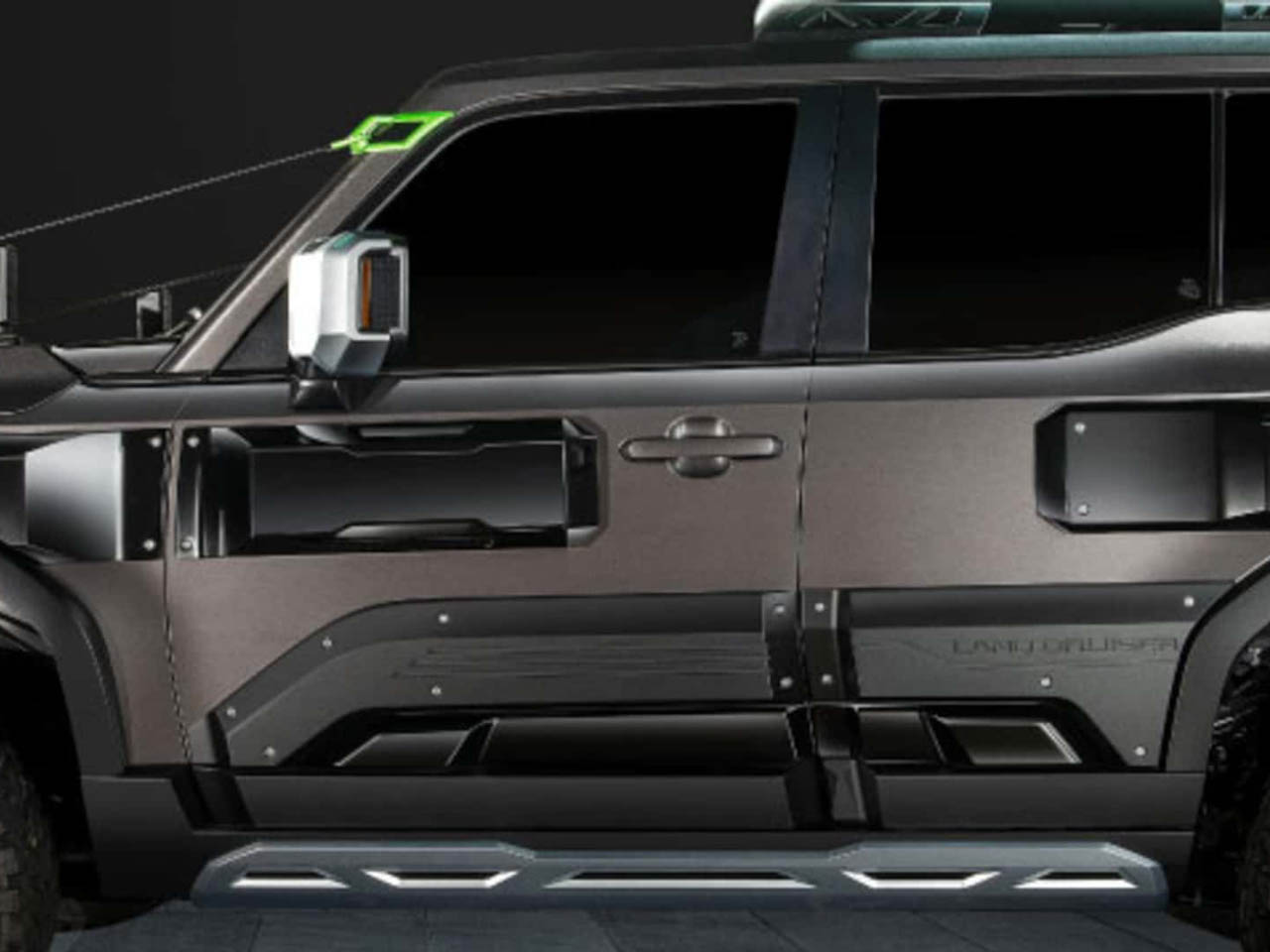

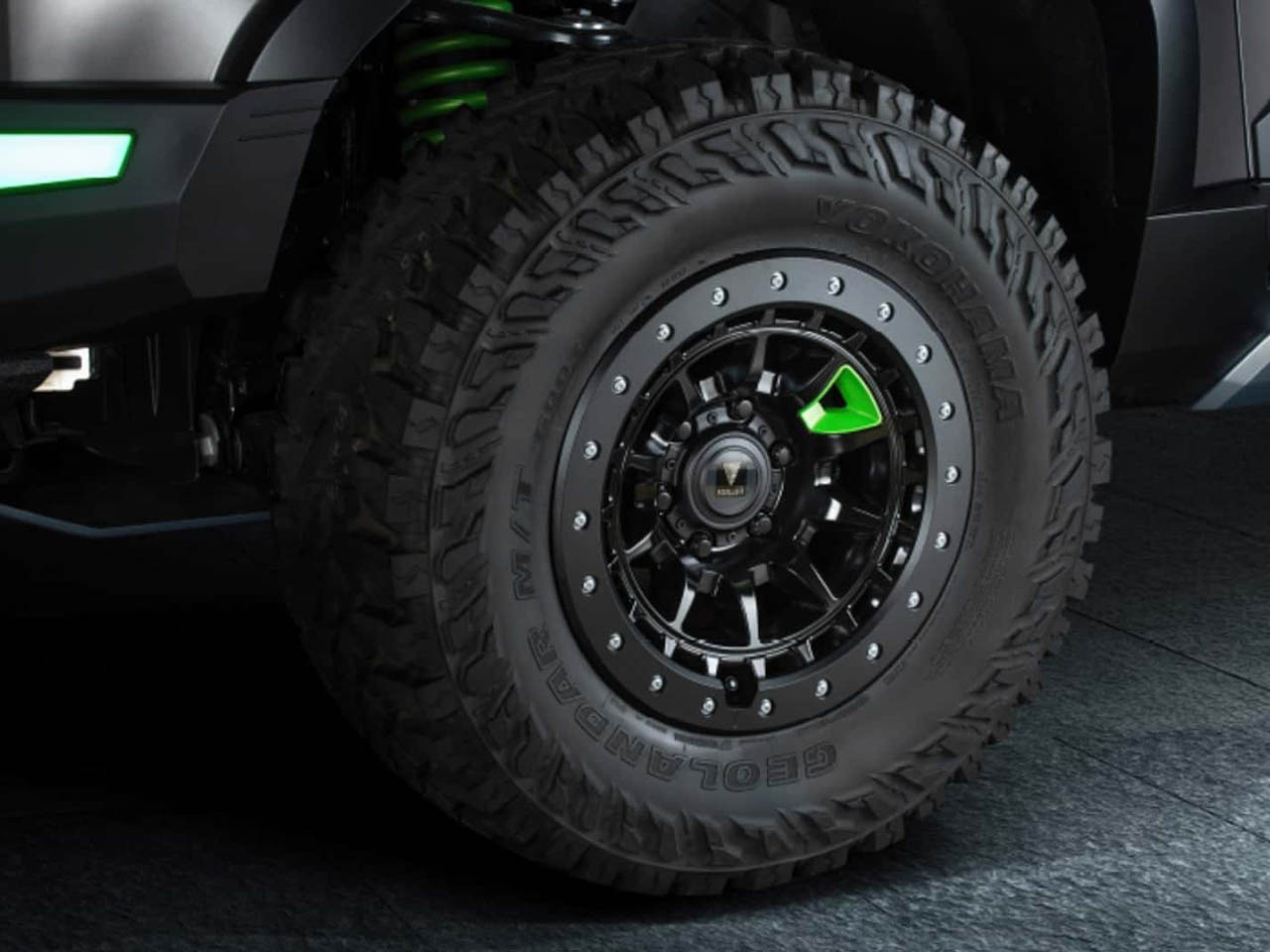


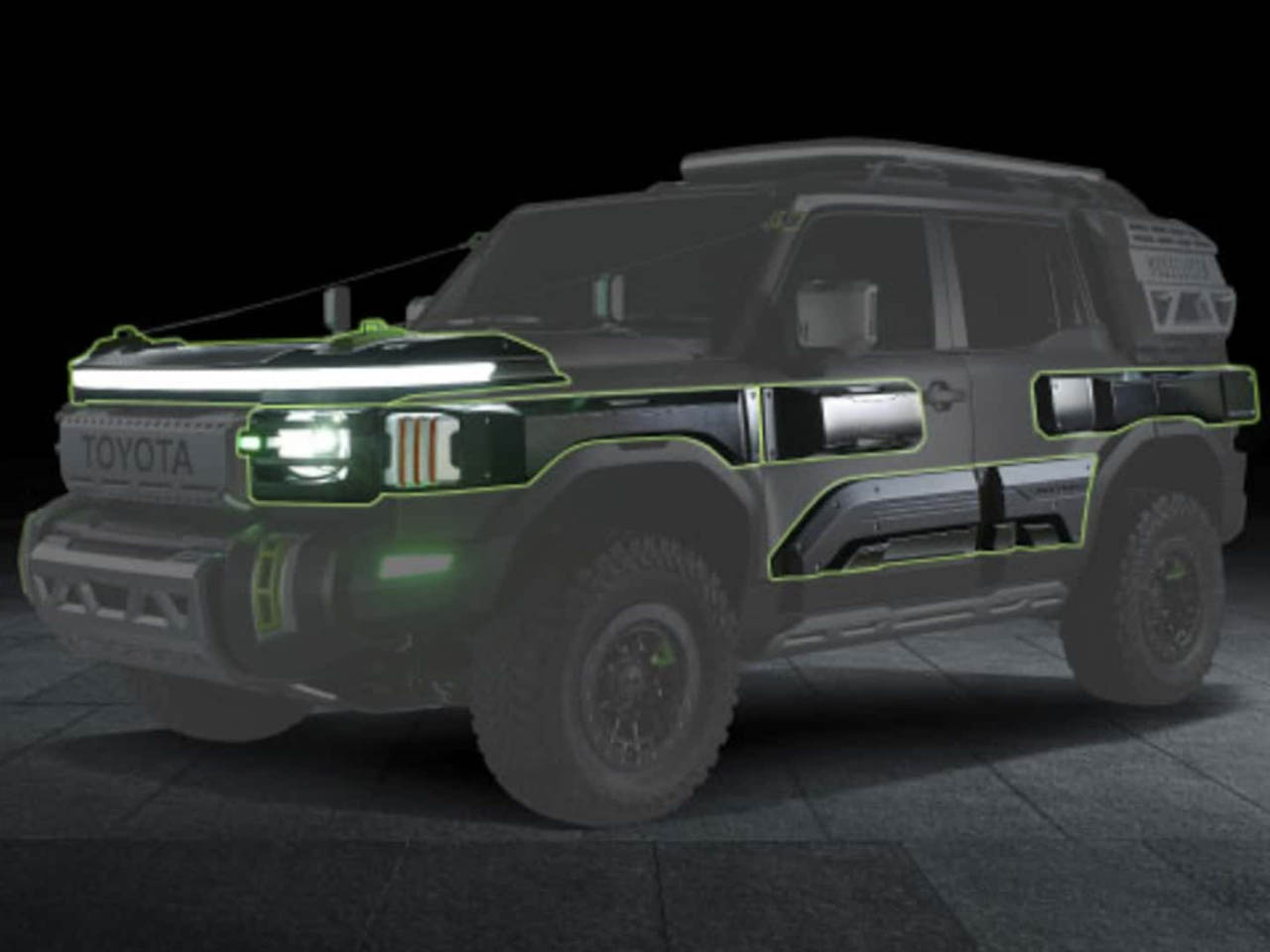
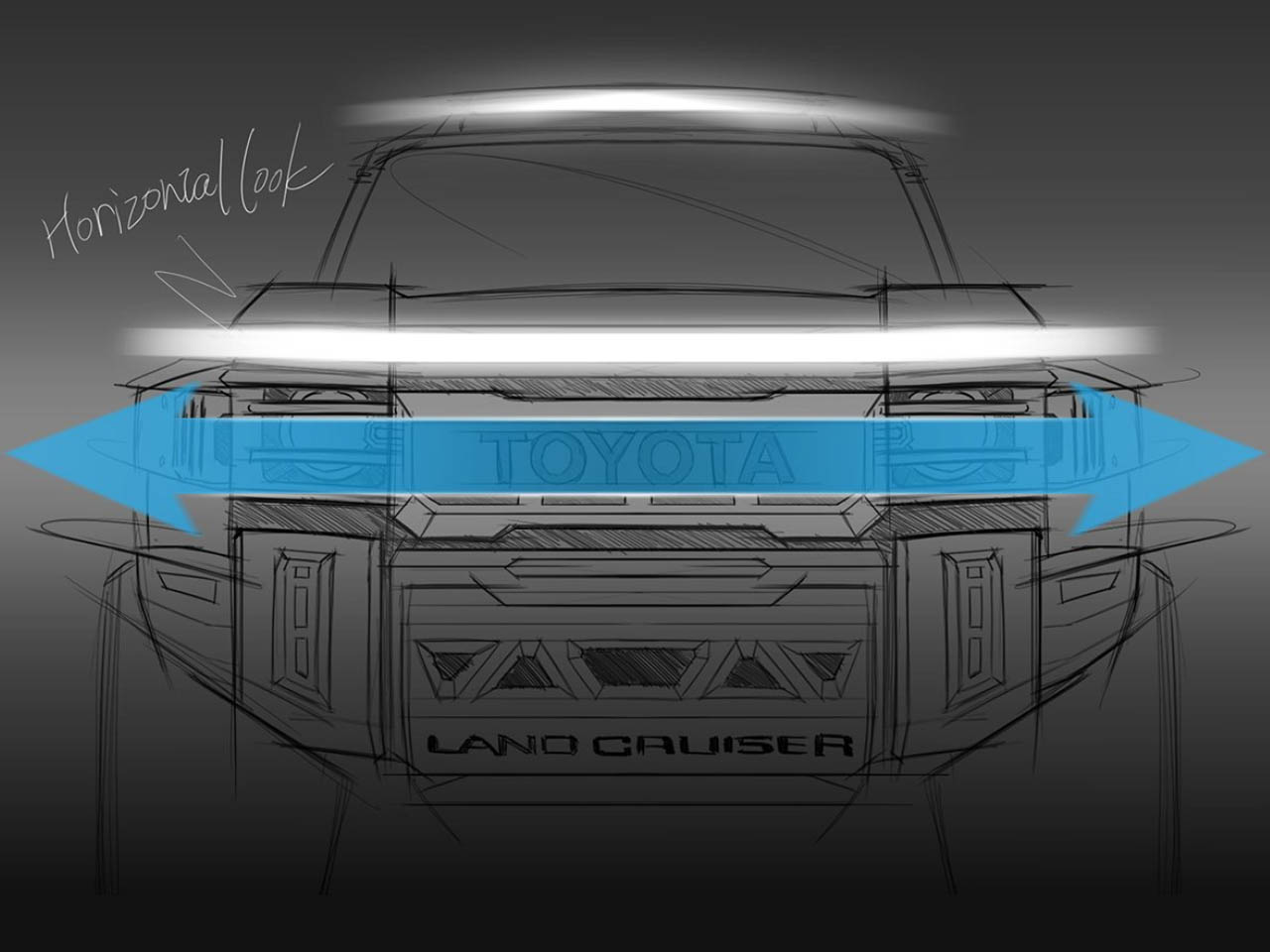
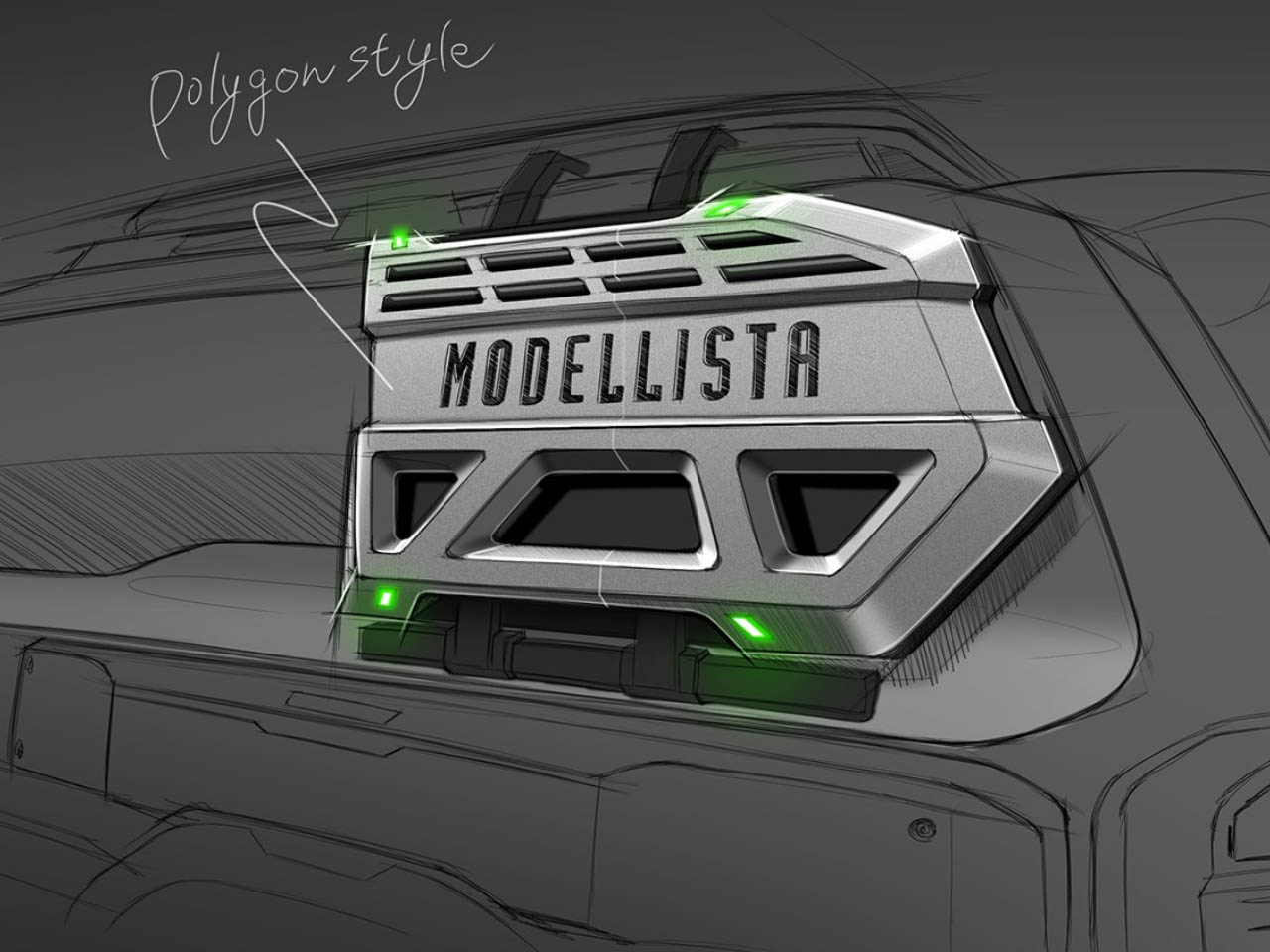
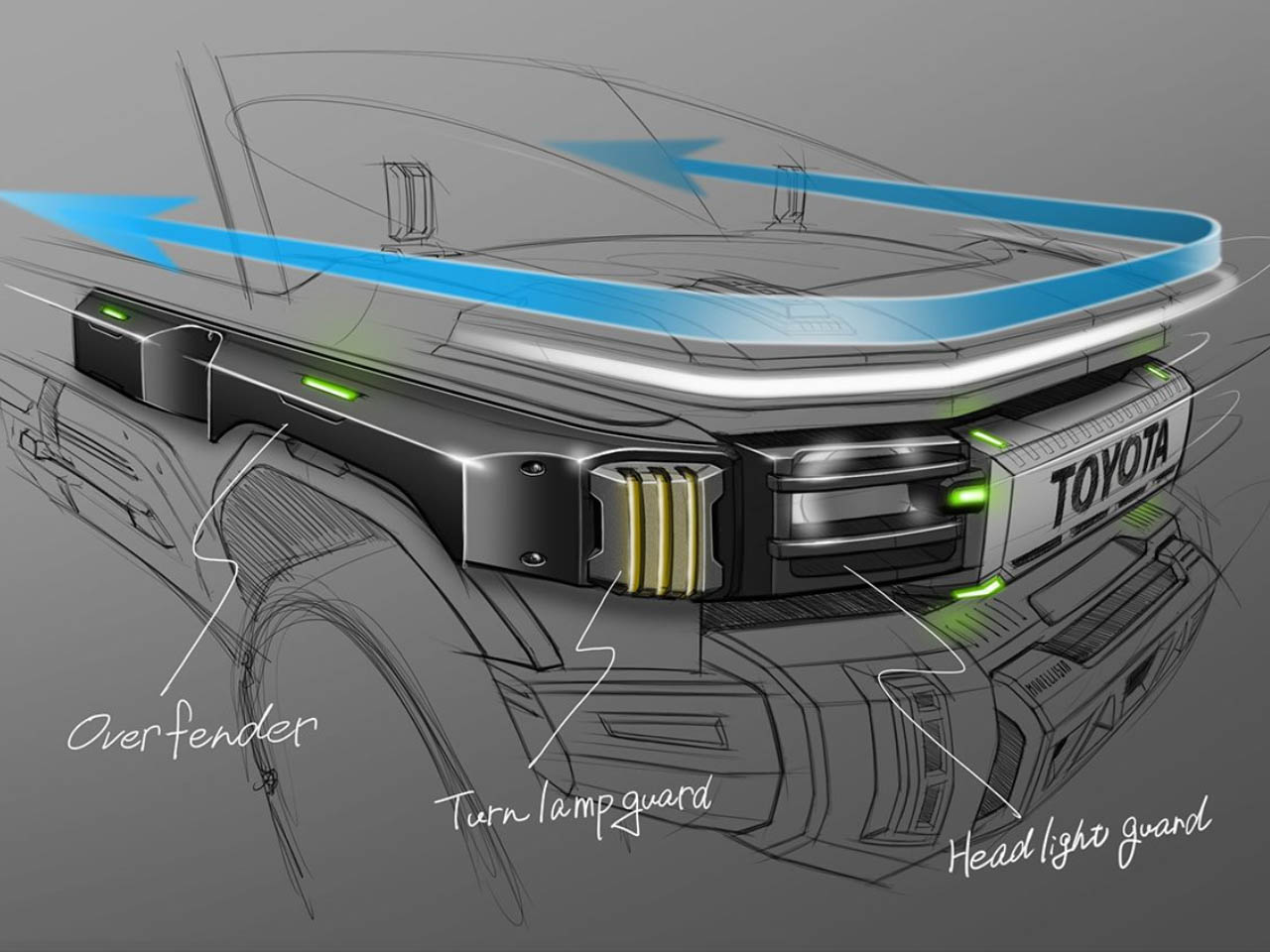
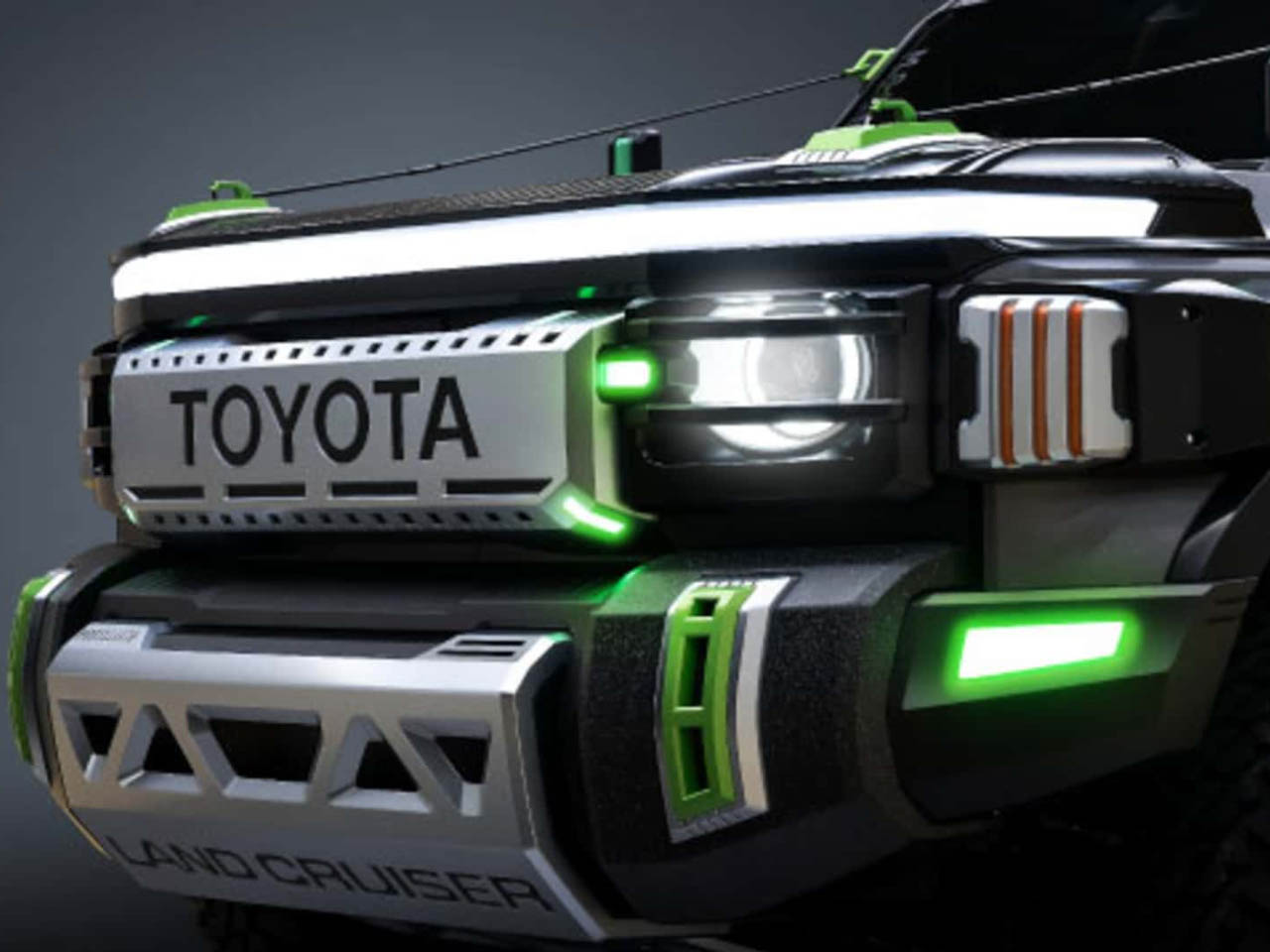

The post Modellista brings insane overlanding capabilities to Land Cruiser 2025 that’s dressed to impress first appeared on Yanko Design.